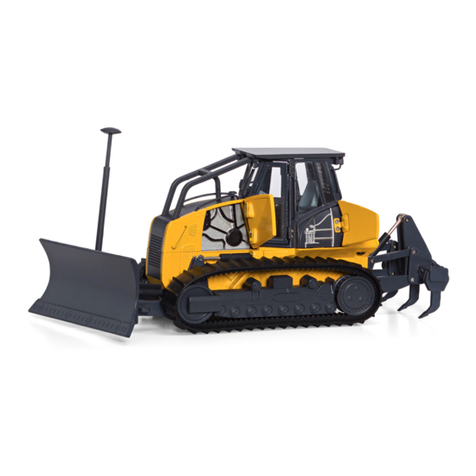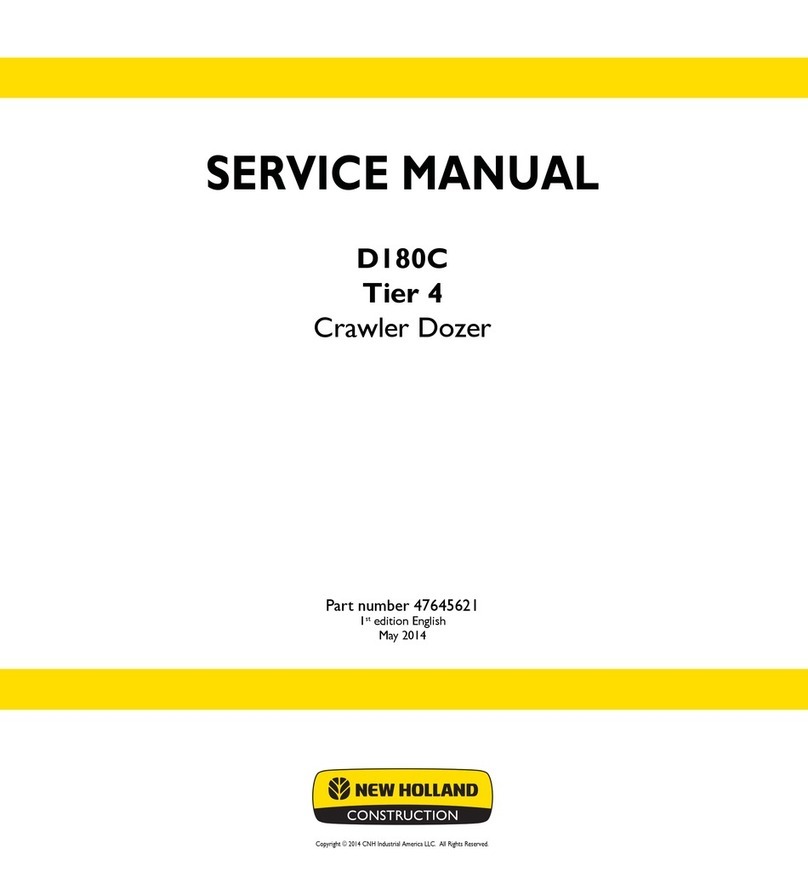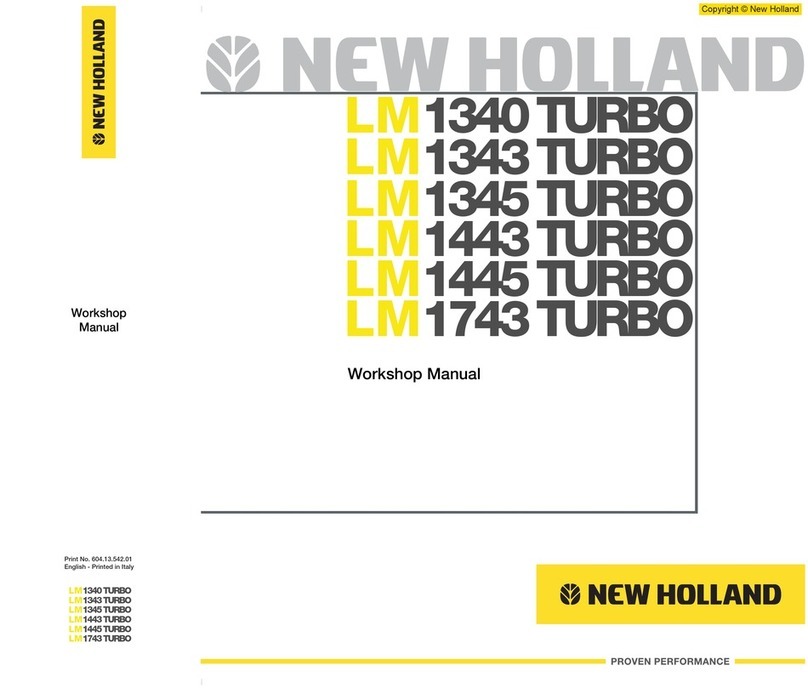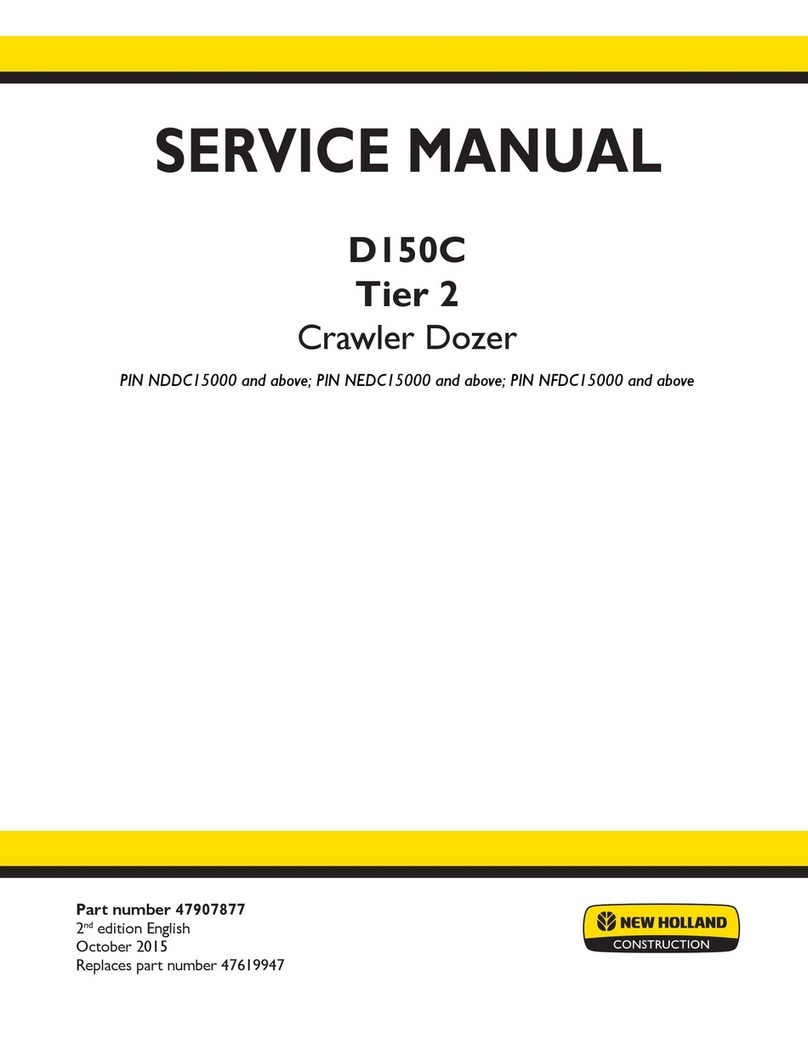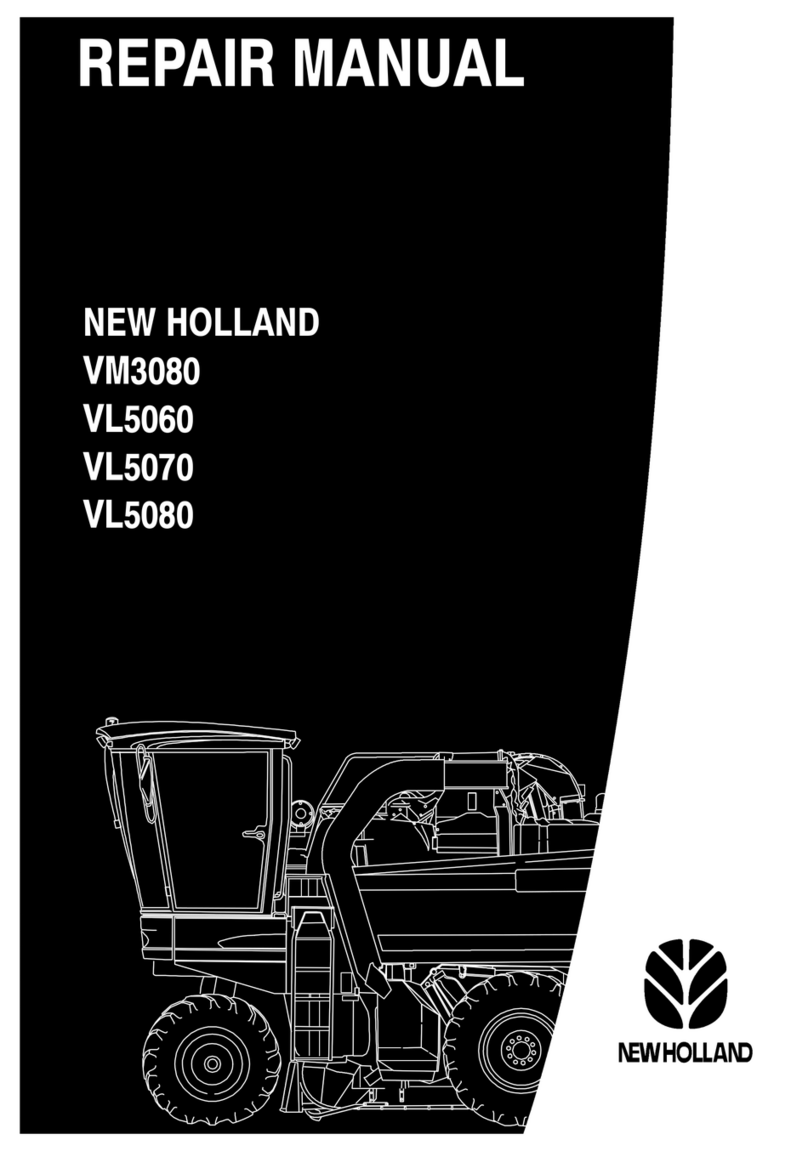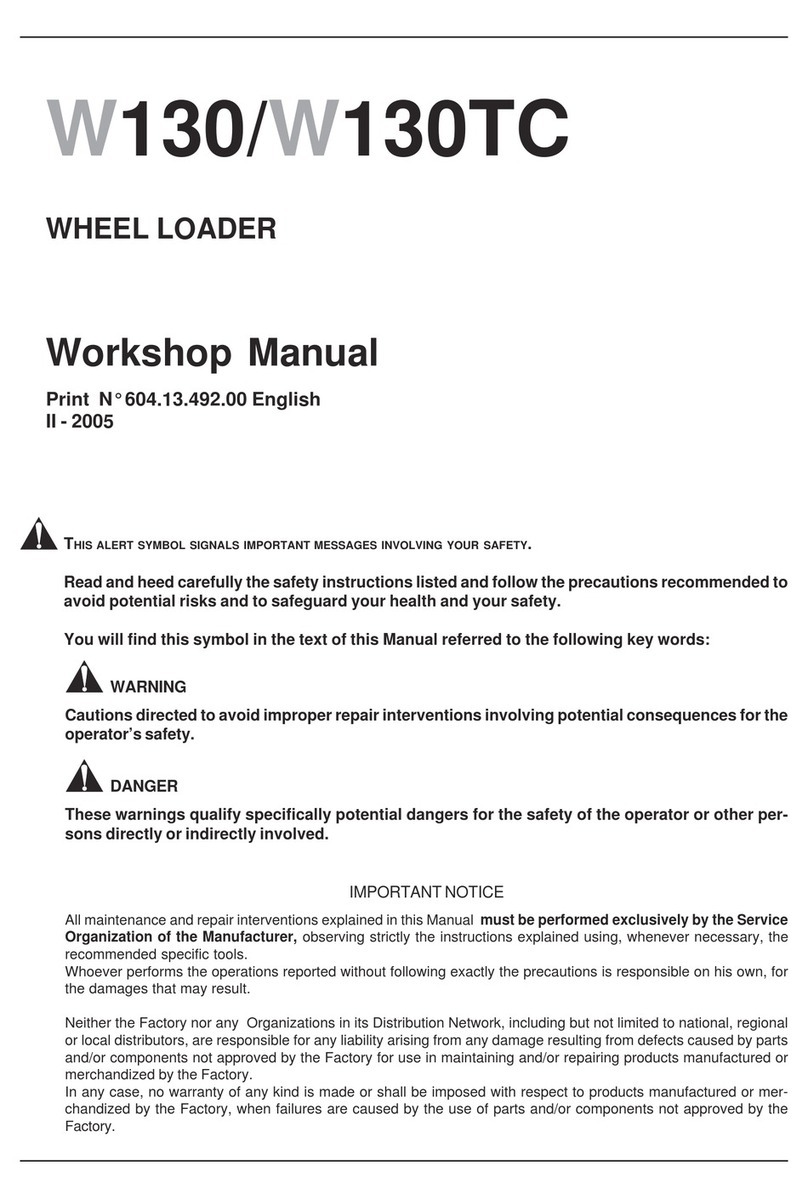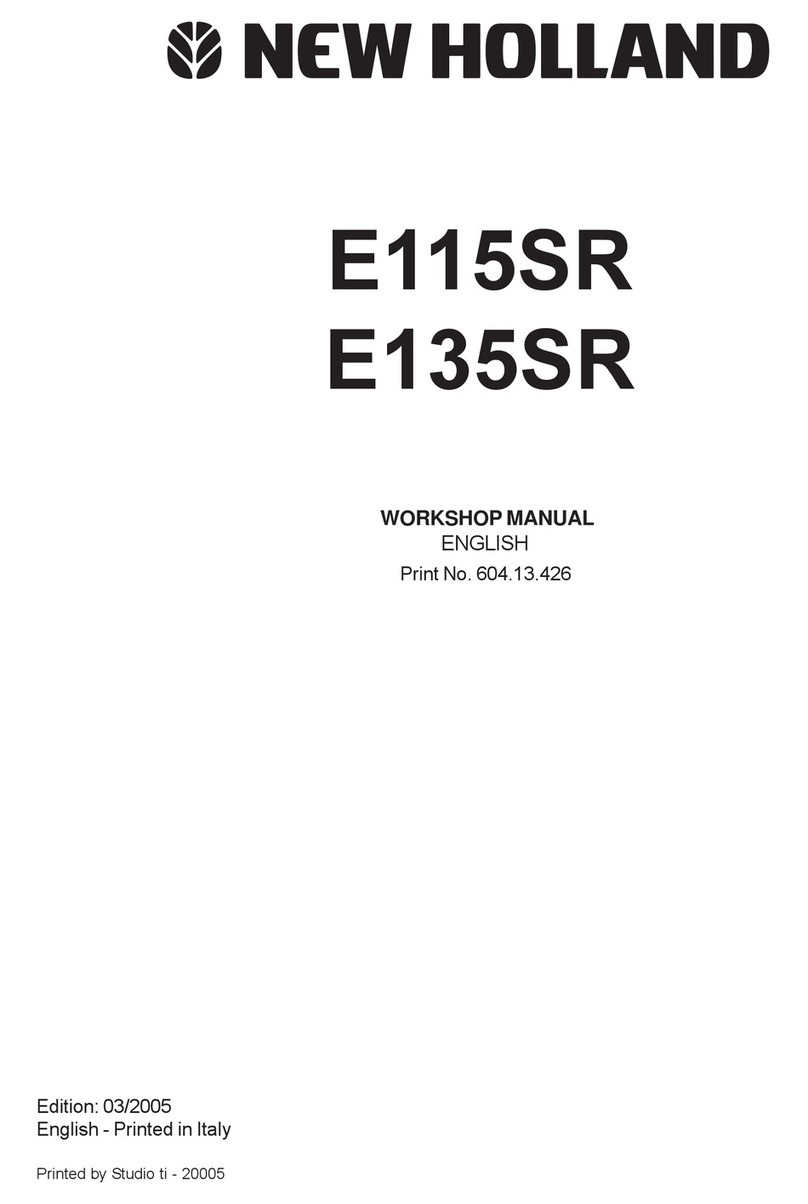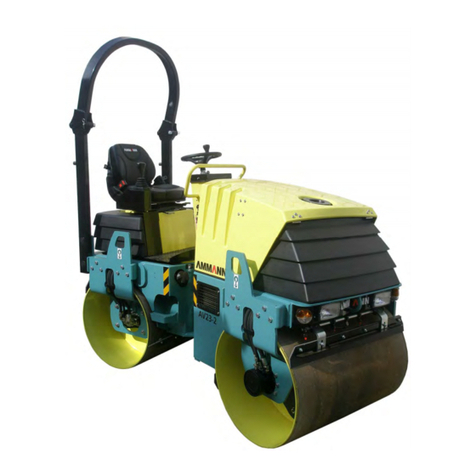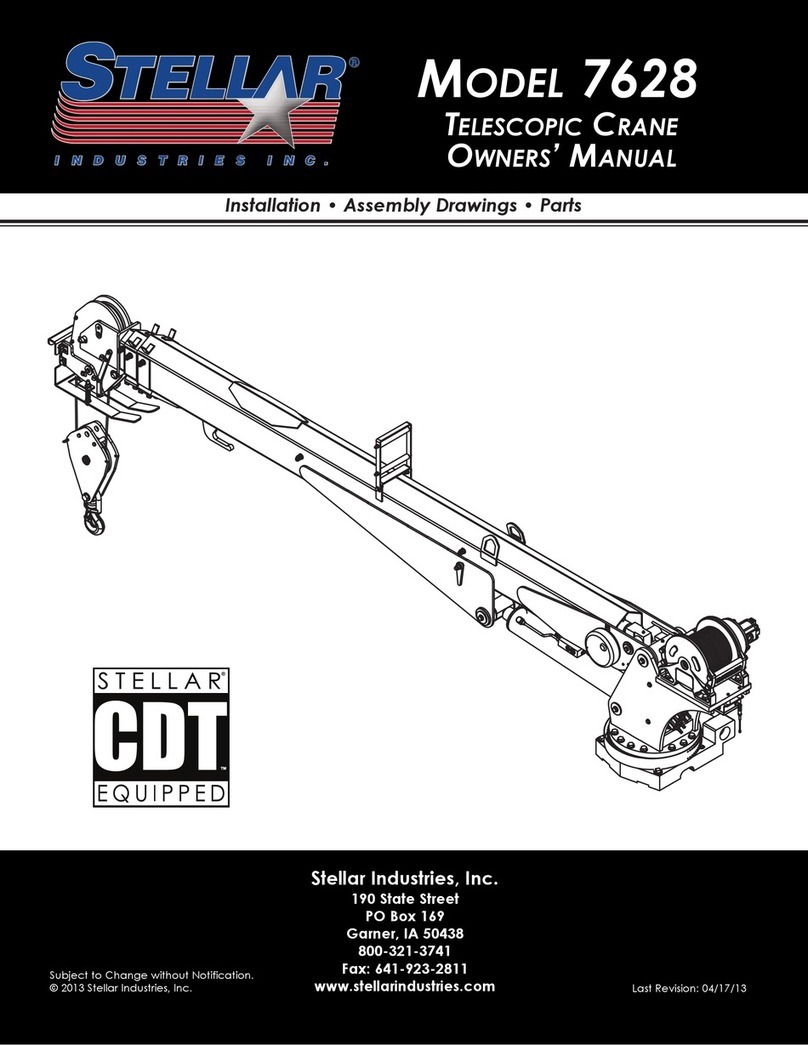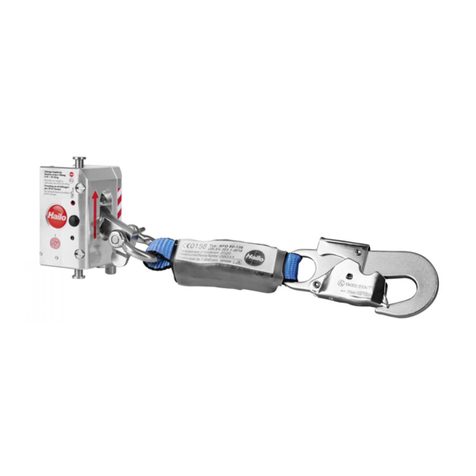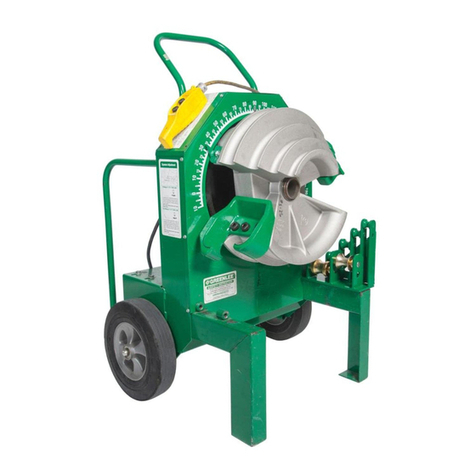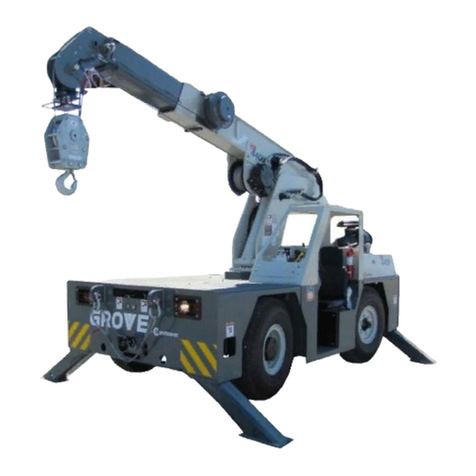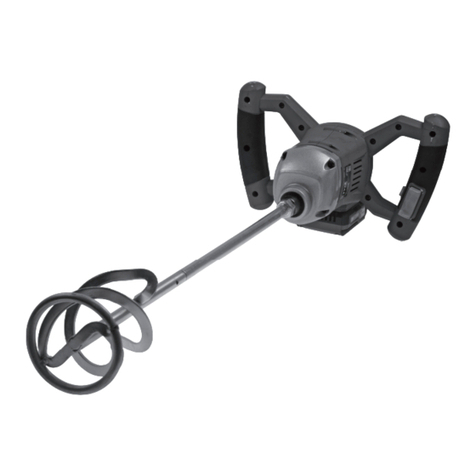
SECTION 00 -- GENERAL 3
87751818 -- 01 -- 2008
SAFETY RULES
PAY ATTENTION TO THIS SYMBOL
This alert symbol announces important messages involving your safety.
Read carefully the safety instructions listed and follow the precautions recommended
to avoid potential risks and to safeguard your health and your safety.
You will find this symbol in the text of this Manual with the following key words:
WARNING -- Cautions intended to avoid improper repair interventions involving
potential consequences for the safety of the personnel performing the repairs.
DANGER -- These warnings qualify specifically potential dangers for the safety of the
operator or other persons directly or indirectly involved.
AVOID ACCIDENTS
Most accidents, whether they occur in workshop, on
the farm, at home or on the road, are caused by the
failure of some individuals to follow simple and fun-
damental safety rules and precautions. For this rea-
son MOST ACCIDENTS CAN BE PREVENTED by
recognising the real cause and doing something
about it before the accident occurs.
Regardless of the care used in the design and con-
struction of any type of equipment, there are many
conditions that cannot be completely safeguarded
against without hindering reasonable accessibility
and efficient operation.
A careful operator is the best insurance against an
accident.
The complete observance of one simple rule would
prevent many serious accidents.
DANGER. Never attempt to clean, lubricate or main-
tain a machine while it is in motion.
SAFETY RULES
SAFETY RULES
◊Read and heed all safety rules before any inter-
vention.
◊Do not wear rings, wristwatches, jewellery, and
loose or hanging apparels, such as ties, torn
clothing, scarves, unbuttoned or unzipped
jackets that can catch on moving parts. Wear
proper safety equipment as recommended for
the job. Examples: hard hat, heavy gloves, ear
protection, safety glasses or goggles, reflector
vests, respirator. Consult your employer for spe-
cific safety equipment requirements.
◊Do not perform any service operation on the
machine with a person seated in the operator’s
compartment, unless he is an authorised oper-
ator co--operating in the operation to be per-
formed.
◊Never attempt to operate the machine or its tools
from any position other than seated in the oper-
ator’s seat.
◊Never perform any intervention on the machine
with engine running unless this is prescribed.
◊Cut--off the engine and make sure that all pres-
sures in the hydraulic systems are released
before removing caps, covers, valves etc.
◊All service interventions must be performed with
the utmost care and attention.
◊Shop and/or field service platforms or ladders
must be constructed and maintained in accord-
ance with local and national regulations.
◊Disconnect the batteries and tag all controls to
signal that an intervention is in progress. Block
the machine and all equipment that must be
lifted.
◊Do not check nor refill fuel tanks, as well as bat-
teries, nor use starting fluid while smoking or
near open flames since these fluids are flam-
mable.
◊Brakes are inactive when manually released for
service interventions. Under such circum-
stances it is necessary to maintain the control of
the machine using appropriate blocks or similar
devices.
◊The fuel--filling nozzle must be kept constantly
inside the filling neck. Keep this contact from the
beginning to the end of the fuelling operation to
avoid the possibility that sparks due to static
electricity are generated.
Find manuals at https://best-manuals.com


